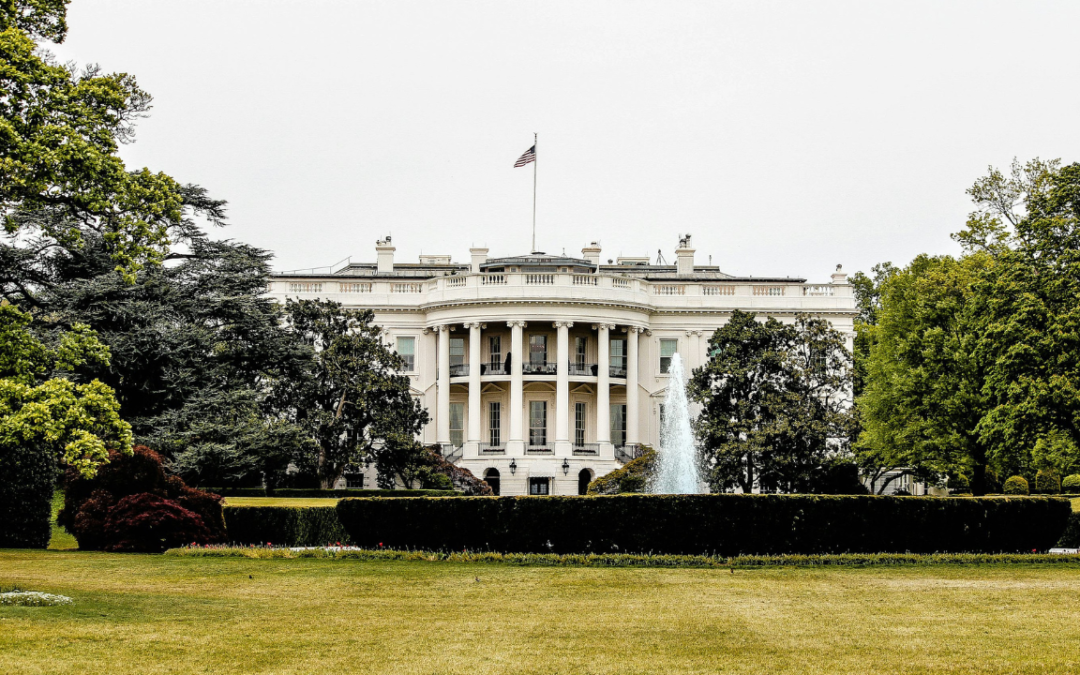Originally published at Project-Syndicate | June 8th, 2023
The economic, banking, and investment landscape may well look materially different in the next ten years than it did in the last 20. But the range of possible paths forward is wide, with the best- and worst-case scenarios implying sharply different outcomes.
SAN FRANCISCO – In recent decades, the world’s wealth has soared – at least on paper – as low interest rates drove up asset prices. But the global balance sheet remains rife with fragilities, which recent financial-sector turbulence has exposed. Now, how the world borrows, lends, and creates wealth may be set to change fundamentally.
From 2000 to 2021, asset-price inflation created about $160 trillion in paper wealth. But while asset valuations grew rapidly, investment and growth remained sluggish. Moreover, every $1 in investment generated $1.90 in debt. But, recently, headwinds have confronted the world economy: in 2022, households lost $8 trillion of wealth.
The only certainty now is an unusually high degree of uncertainty. The economic, banking, and investment landscape may well look materially different in the next ten years than it did in the last 20. But the range of possible paths forward is wide. As part of its ongoing research exploring the global balance sheet, the McKinsey Global Institute has modeled four plausible scenarios.
The first scenario is a “return to the past,” in which the current volatility proves temporary and balance-sheet expansion resumes. For some, this may sound attractive, but an expanding balance sheet would continue to raise the risk of economic shocks. It would also come at the expense of growth in the real economy, and would exacerbate inequality.
In the second, “higher for longer” scenario, inflationary pressure becomes entrenched, but concerns about financial stability moderate policy tightening. Demand would remain strong, as investment picked up to support imperatives like the clean-energy transition, the reconfiguration of supply chains, and defense. The savings glut would wane.
This scenario has parallels with the stagflation that the United States experienced in the 1970s, albeit with somewhat lower inflation – around 4%, rather than 9%. In 2030, the balance sheet would look healthier relative to GDP than it does today, because inflation would lower the debt burden and asset prices in real terms.
The third scenario, a “balance-sheet reset,” represents the worst case. Here, interest rates would continue to rise, contributing to financial-system stress or even failures. This would lead to a sharp correction in asset values, with many debt-financed assets ending up under water. A drawn-out deleveraging process and a long recession could follow, with the value of US equities and real estate potentially dropping by more than 30% in real terms between now and 2030. This scenario recalls what happened in Japan in the 1990s, after its real-estate and equity bubble burst.
But a fourth, far more desirable “productivity acceleration” scenario is also plausible. This is the Goldilocks scenario that is good for both growth and wealth. Faster productivity gains would support strong GDP growth, bolster incomes and wealth, and lead to a healthier balance sheet. Achieving this best-case scenario would require fiscal and monetary policymakers to strike a delicate balance: some tightening is needed to mitigate inflation, but too much tightening would deplete wealth and cause financial stress.
The difference between the best- and worst-case scenarios – in terms of growth and (even more so) balance-sheet health – would be enormous. In the US, annual average GDP growth in a balance-sheet-reset scenario would be an estimated 1.7 percentage points lower than in a productivity-acceleration scenario. Household wealth would be $48 trillion lower.
With such a wide variety of possible future shapes of the economic, banking, and investment landscape, businesses will find it unusually difficult to define their strategies. Reacting to shifts in the macro environment will no longer suffice. Firms will need to plan for a sufficiently broad set of outcomes, identify signs that can help indicate which scenario is taking shape, and solidify risk-management approaches – all while adjusting their business models and seeking new growth opportunities.
In other words, businesses will have to ensure that they are prepared for anything. But they should also strive for the best outcome: higher productivity growth. While doing both simultaneously will not be easy, it is imperative. If firms act only defensively, based on the expectation of a negative outcome, the investment climate could become hostile.
In fact, expectations of a growth slowdown or recession could become a self-fulfilling prophecy. Rather than making investments that could contribute to better economic outcomes, firms might decide to wait. Real-estate developers anticipating lower prices might delay new projects. Banks focused on strengthening their balance sheets could raise lending standards, reducing the supply of credit.
To avoid such a spiral, leaders in both the public and private sector can make the case for a productivity-acceleration scenario, and devise policies and strategies that advance it. Higher productivity growth is achievable. But it will not happen by itself.
Olivia White: A senior partner in McKinsey & Company’s San Francisco office, is a director of the McKinsey Global Institute.
Jonathan Woetzel: A McKinsey senior partner, is a director of the McKinsey Global Institute.
Jan Mischke: Is a partner at the McKinsey Global Institute.



